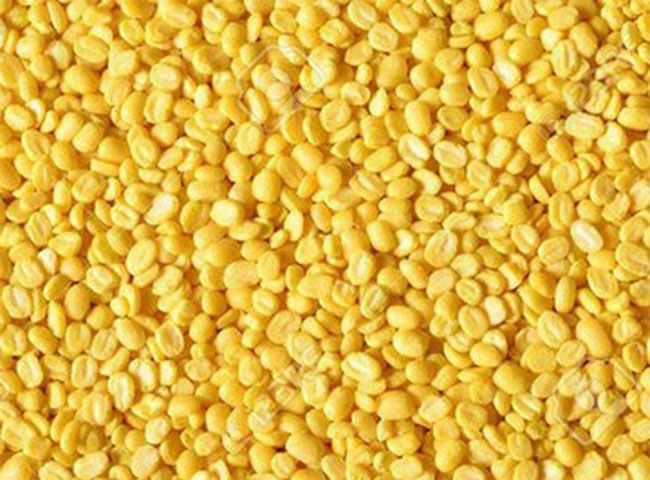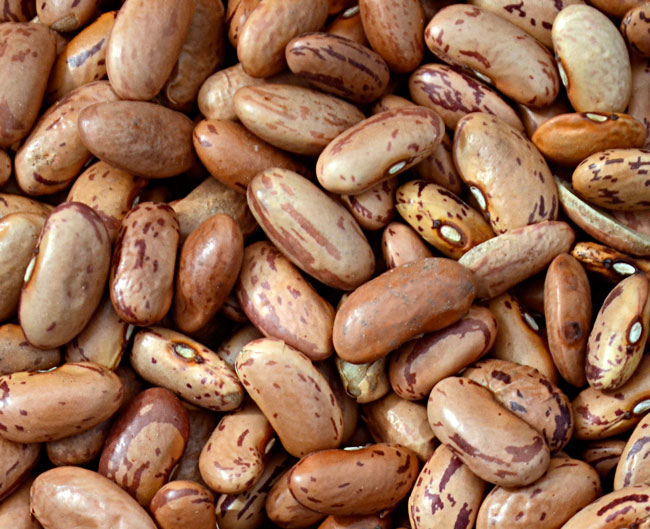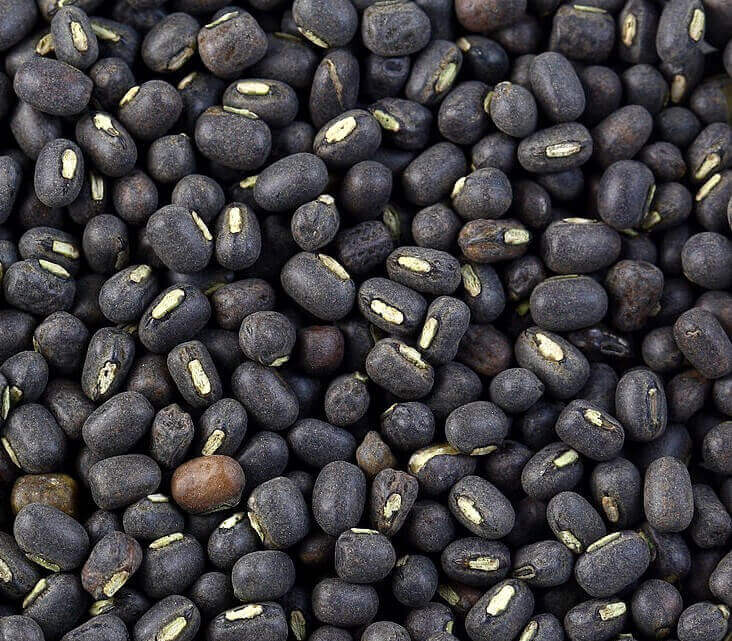Cranberry Karonda : Cranberries are small, tart berries that grow on low, creeping shrubs or vines, primarily in North America. They are often used in various culinary applications, such as juices, sauces, and desserts, and are well-known for their bright red color and sharp flavor.
Nutritional Benefits:
Rich in Antioxidants: Cranberries are high in antioxidants, particularly vitamin C and other phytonutrients, which help protect the body from free radicals.
Urinary Tract Health: Cranberries contain compounds called proanthocyanins, which can help prevent urinary tract infections (UTIs) by preventing bacteria from adhering to the urinary tract walls.
Anti-inflammatory Properties: The antioxidants in cranberries also have anti-inflammatory effects, which may help reduce the risk of chronic diseases like heart disease and certain cancers.
Digestive Health: Cranberries contain fiber, which is beneficial for digestive health and can help prevent constipation.
Culinary Uses:
- Cranberry Sauce: A popular accompaniment to holiday meals, especially Thanksgiving in the United States.
- Juices: People often sweeten cranberry juice to balance its natural tartness before using it.
- Baking: These are used in muffins, breads, and other baked goods, either fresh or dried.
- Salads and Sides: Dried cranberries can add a sweet-tart flavor to salads, grain dishes, or side dishes.
Harvesting and Cultivation:
Cranberries are typically harvested in the fall, often through a process called wet harvesting, where fields are flooded, and the berries float to the surface for easy collection.
Learn more about ingredients click here
करौंदा के गुण और फायदे:
Major cranberry-producing regions include the northeastern United States, especially Massachusetts and New Jersey, as well as parts of Canada.
Cranberry करौंदा (करोंदा) एक छोटे आकार का फल है, जो आमतौर पर झाड़ियों पर उगता है। यह भारतीय उपमहाद्वीप में प्रमुखता से पाया जाता है और इसे अंग्रेज़ी में “Carissa” या “Natal Plum” के नाम से जाना जाता है। करौंदा का वैज्ञानिक नाम Carissa carandas है।
पोषण से भरपूर: करौंदा विटामिन C, आयरन, और एंटीऑक्सिडेंट्स का अच्छा स्रोत है। यह शरीर की प्रतिरक्षा प्रणाली को मजबूत करता है और त्वचा के लिए भी लाभकारी होता है।
पाचन में सहायक: करौंदा का सेवन पाचन तंत्र को स्वस्थ रखता है और कब्ज जैसी समस्याओं से राहत देता है।
रक्तचाप और हृदय स्वास्थ्य: करौंदा में पोटैशियम की मात्रा होती है, जो रक्तचाप को नियंत्रित करने
और हृदय को स्वस्थ रखने में सहायक हो सकती है।
एंटी-बैक्टीरियल गुण: करौंदा में प्राकृतिक एंटी-बैक्टीरियल गुण होते हैं, जो विभिन्न प्रकार के संक्रमणों से बचाने में मदद कर सकते हैं।
करौंदा का उपयोग:
अचार और चटनी: करौंदा का सबसे सामान्य उपयोग अचार बनाने में होता है। इसकी चटनी भी
बहुत लोकप्रिय होती है, जिसमें तीखा और खट्टा स्वाद होता है।
पकवान: कुछ क्षेत्रों में करौंदा का उपयोग करी, सब्जी, या दाल में भी किया जाता है।
स्वास्थ्यवर्धक टॉनिक: करौंदा से बने रस या सिरप का उपयोग टॉनिक के रूप में भी किया जा सकता है,
जो स्वास्थ्य के लिए लाभकारी होता है।
उपज और खेती:
करौंदा को सामान्यतः गर्म और शुष्क जलवायु में उगाया जाता है और इसकी झाड़ियाँ काफी सख्त होती हैं,
जो कम पानी में भी अच्छी तरह पनप सकती हैं।
भारत में करौंदा मुख्य रूप से उत्तर प्रदेश, महाराष्ट्र, राजस्थान और पश्चिम बंगाल में उगाया जाता है।




